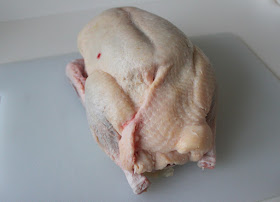My office is great. Nice people, free beverages, located right near the beach – all round pretty awesome… well minus the kitchen.
We have a microwave and a toaster. This poses a problem. What can you do for lunch with such limited resources? Answer: Hack together a bomb BBQ Chicken Sandwich.
On your next weekly trip to the grocery, pick up 1lb of low sodium sliced chicken, favorite BBQ sauce, sliced mozzarella, dill pickles, and whole wheat buns.
Packing the sandwich is essential.
Use three sandwich baggies or a large-divided tupperware container. Place 1/3lb of sliced chicken, 1 slice of mozzarella, and a large squirt of bbq sauce into one baggie. Place a whole wheat bun into another baggie. Place 3 – 6 dill pickle slices into the final baggie.These ingredients MUST remain separate for anti-soggy sandwich success. Place the three baggies into your favorite lunch pale and shove it in the fridge when you arrive to work.
Oh hey, now it's lunch. You hungry? Me too. I really hope this sandwich doesn't take more than 5 minutes to make, otherwise I'll eat my hand (don't worry it only takes 2.345 minutes to make).
1. Put the whole wheat bun in the toaster - set to your darkening preference.
2. Place the chicken/ cheese/ sauce pile onto a plate. Put that into the microwave for 1 minute.
3. Open pickle bag.
4. Now that the bun is toasted, take your warm pile of awesome out of the microwave. Plop it onto the bottom half of the bun.
5. Place your pickles in some geometric pattern on top of the deliciousness.
6. Drop the top bun on. Compress slightly to convince co-workers that you have a panini press hidden somewhere in the office.
7. Enjoy.
















































